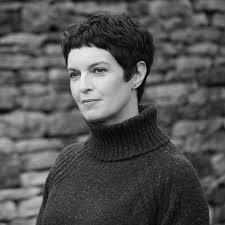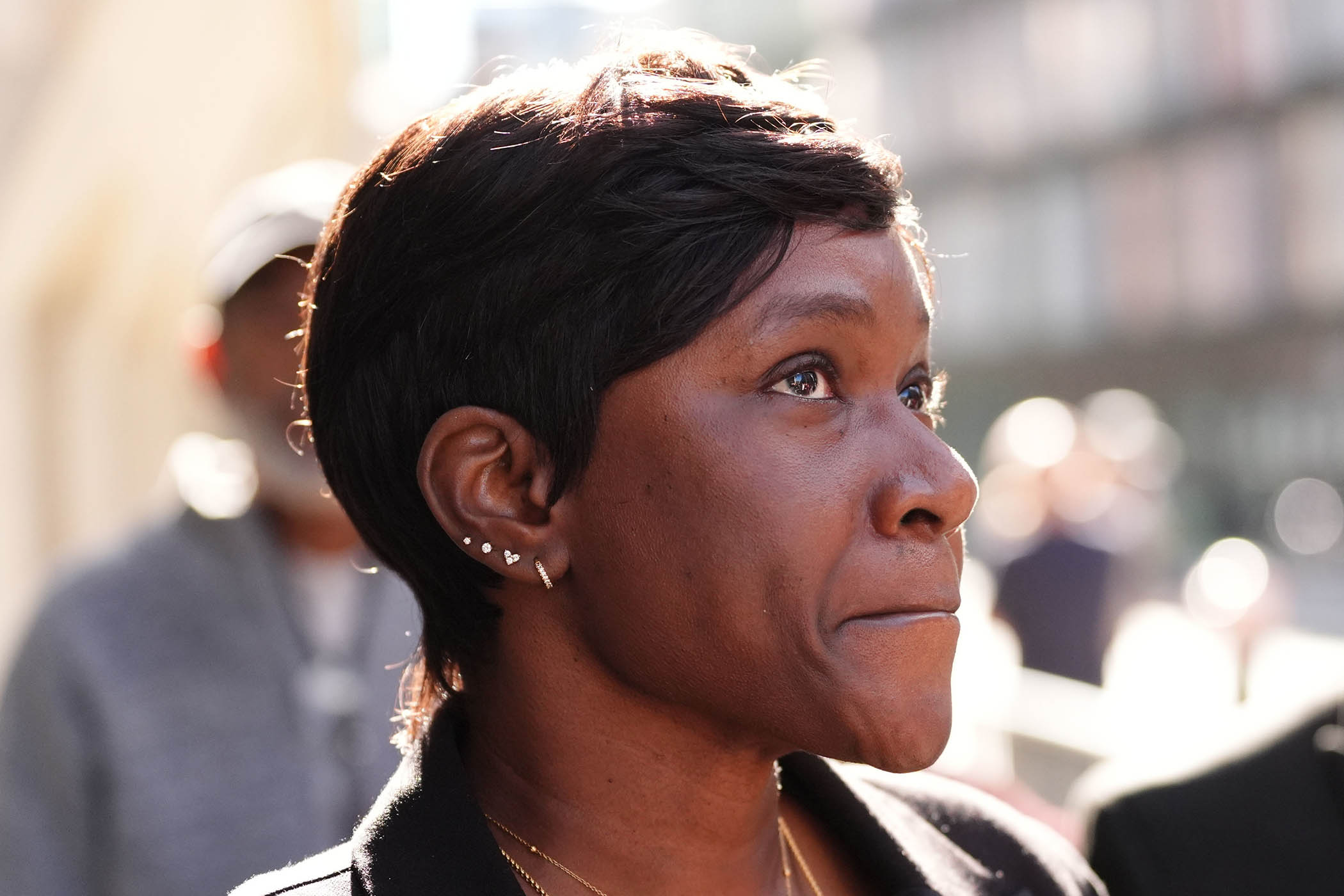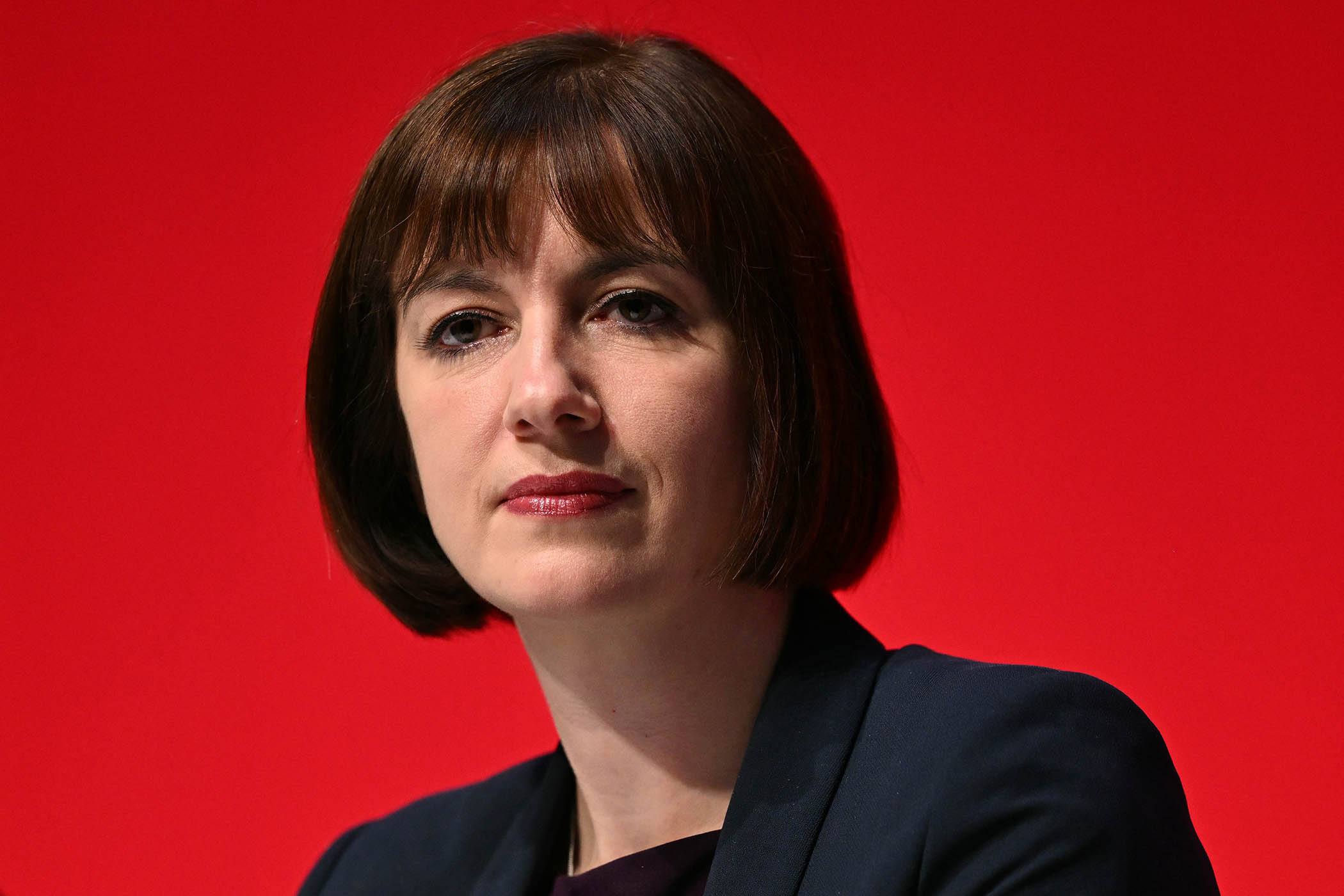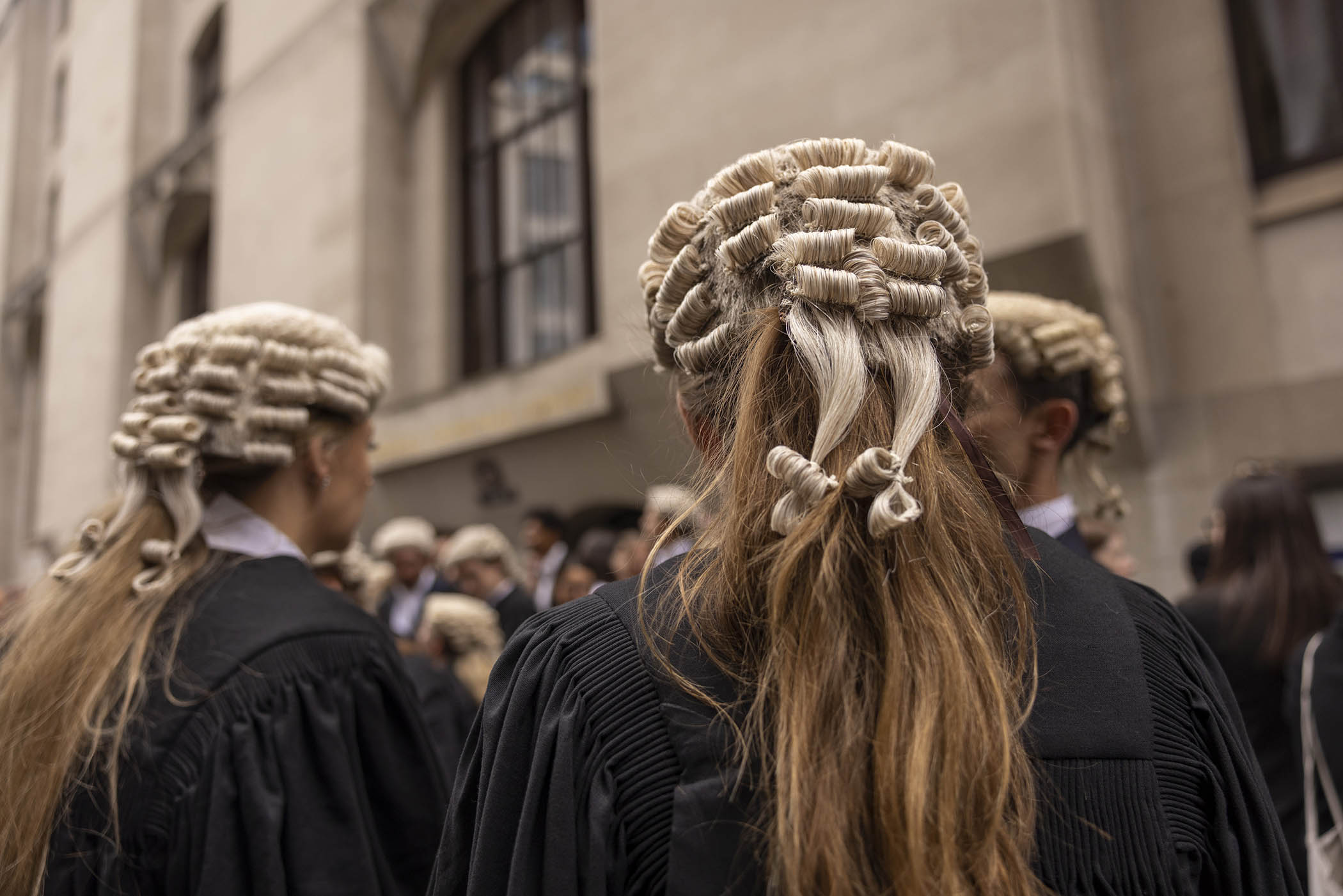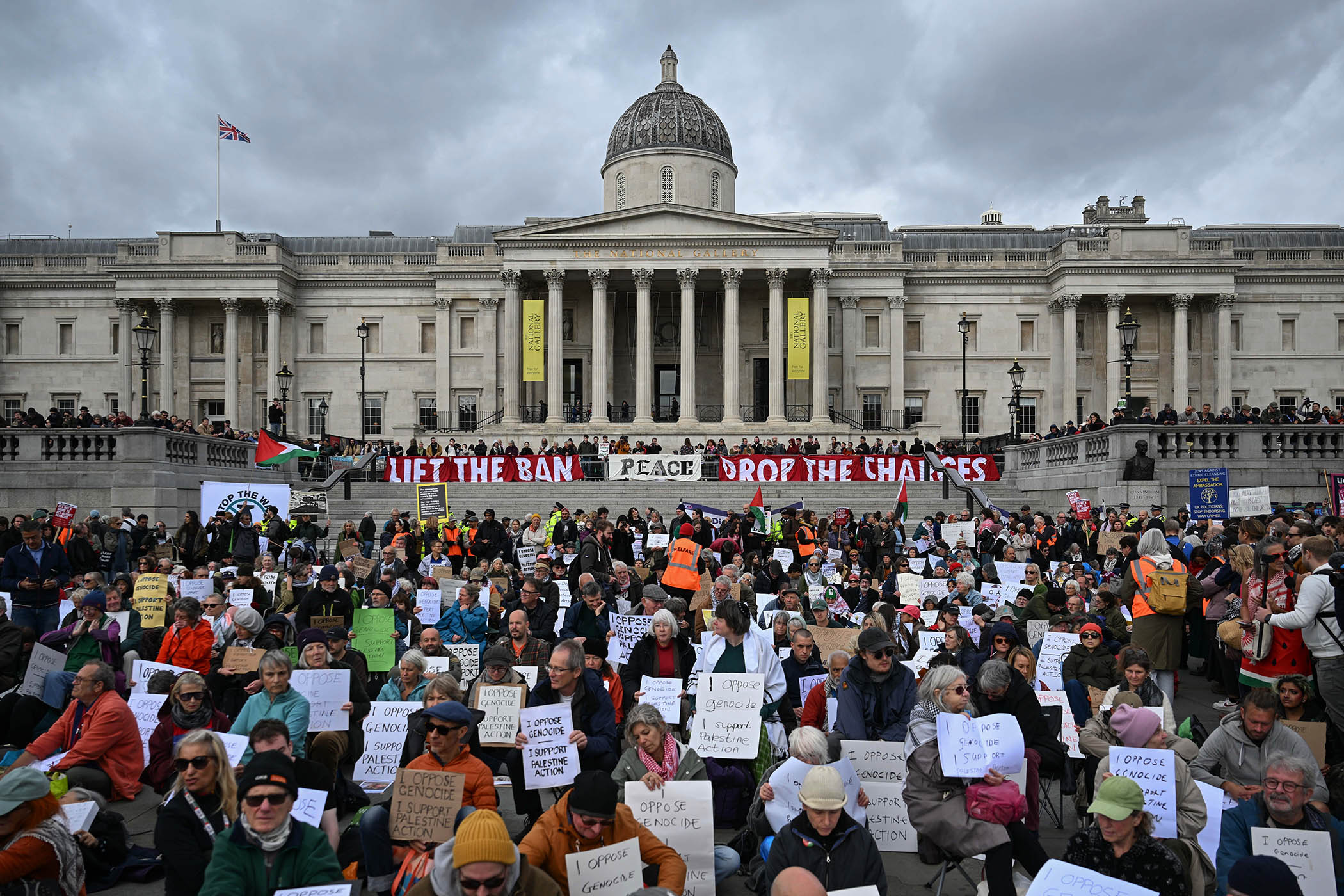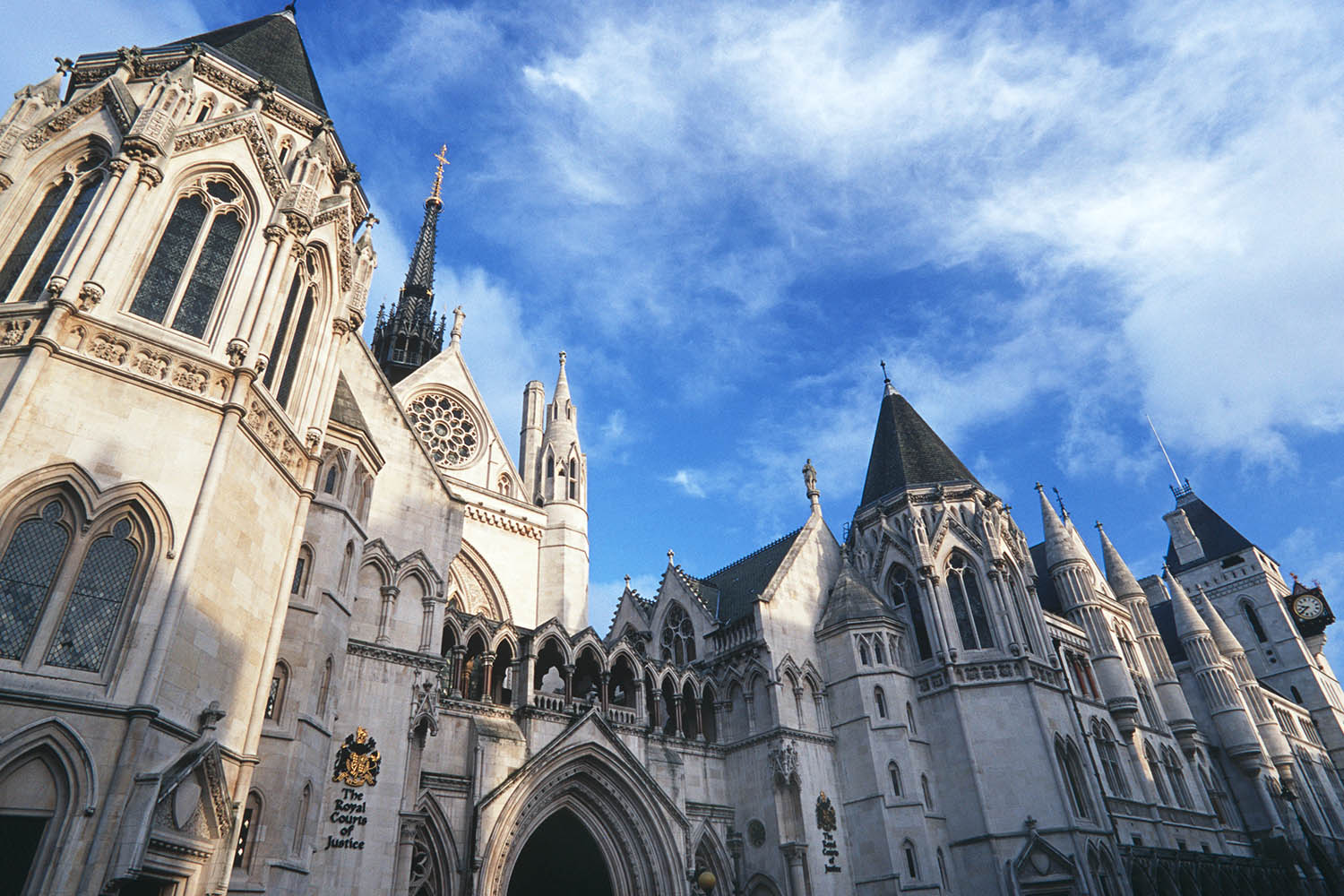
Protecting the identity of members of the judiciary in cases of obvious public interest risks undermining our entire legal system
Less than four months ago the court of appeal overturned a high court ban on naming a family judge who placed a little girl with the father who murdered her. Now the high court has issued another ban on the media naming a family judge found to have seriously abused their adopted children.
This is yet another embarrassing misstep for the family justice system, and it poses some urgent questions. Are family court judges culturally inclined to protect their own at any cost? Or are they blind to the public interest in identifying a judge who made decisions about other people’s children – and then watched on, complicit, as their partner, a primary school teacher, mistreated already damaged children entrusted to their care?
Because the findings against these parents are grim.
The children, now aged 10 and 15, were refused food, subjected to abusive and racist language, shouted and sworn at and left overnight on their own. Objects were thrown at them and soap was pushed into one child’s mouth. They were punished by being made to stand against a wall, put outside the house, and isolated in their bedrooms for long periods. One was thrown into a water trough. They were hit with objects, smacked and subjected to what the judgment describes, chillingly, as “restriction of the neck”. They were dragged and had their heads bashed together. They lived in fear.
The abuses were perpetrated by the teacher in the full knowledge of their partner, a part-time family court judge. Both are viewed by the court as being equally to blame. Their children suffered over the course of approximately a decade, during which the judge – who also worked as a family barrister – would have been presiding over court cases in which similar abuse allegations would commonly have been made about parents whose children’s fate they were in charge of deciding.
Both parents have said they have no intention of returning to their respective professions. But how can anyone now have faith in this judge’s ability or willingness to recognise child abuse in cases they heard in the past? Or have confidence that they would have taken action to stop it? How many children may have been left with abusive parents because this judge failed to protect them, as they chose not to protect their own?
No one is now allowed to know the parents’ identities, or even their sex, and therefore no one will be able to revisit any risky, non-child centred decisions which that judge made. No one will be able to argue that a judgment they handed down was dangerous or unreliable due to the self-evident clash between their private moral failings and their public judicial powers. And that is because both these parents fought furiously – choosing to rely on their own privacy rights on the basis of self-reported mental health fragility – against any detail being published that might lead to their identification. “We know there has also been an effect on [the children] but we have to think about ourselves, our survival and moving forwards,” they say in a position statement arguing for their own anonymity.
In a ruling that she described as requiring “an extraordinarily difficult balancing exercise”, Mrs Justice Theis failed to grasp the true weight of the public interest in identifying two abusers who held acutely relevant professional roles with responsibility for vulnerable children’s lives. Instead, she has protected their privacy rights over the public’s right to know who they are combined with what they did. This is despite the local authority and their court-appointed guardian taking a neutral stand, and the media arguing hard in court for them to be named.
Why?
It seems the fact that the children’s view swung from being sure they wanted their parents identified to being less certain a few weeks later swayed the judge to disregard all other considerations. This might be understandable, had the children not been clearly influenced by the parents making any future contact conditional on them dropping their application to name them.
Both parents have refused to meet with their children since they were removed from the family home in January 2024; a devastating blow for any child who loves and is desperate to see their parents – even parents who have harmed them. One child asked “if that was blackmail”. The other said it felt like the parents were still trying to control them. At the last gasp, in a final hearing to decide whether their names could be made public, the parents disavowed the conditions they had imposed – torpedoing what remained of the public interest argument in identifying them.
And then, hours before the anonymised judgment was due to be published on Tuesday 20 May, the parents applied for yet more information to be expunged. It became clear from the children’s guardians’ outraged response that they have now reimposed conditions on meeting their devastated children.
And so the finely balanced basis on which the judge had acceded to their plea for anonymity – in order to protect the “green shoots” of possible future contact – has already been fatally undermined. Having attended hearings, it seems obvious that anyone with a scrap of common sense observing the way these parents manipulated the litigation process and (mis)behaved in court would have grasped that they could not be trusted to keep their promises. One might have thought a high court judge would see through their ploys and special pleading – but apparently not.
It is because of this second judicial decision shielding the identity of a fellow family court judge, made within four months of the last such ban being overturned, that the media cannot even specify the parents’ sex. In addition to the redaction of their names, they demanded their pronouns be changed to “they/their” – and Mrs Justice Theis agreed.
It is exceptionally rare for the media to argue for the naming of any party in a family court case. We only do so when the public interest demands it. There has already been one determination by the judicial regulator that this parent and judge failed to report to their leadership judge their involvement in proceedings that could affect their position “or the reputation and standing” of the judiciary.
That regulator will now receive all the judgments in this child protection case, with names included and the litany of findings that have been made. It remains to be seen whether it will sanction this judge publicly, privately, or at all.
Photograph by Getty Images
